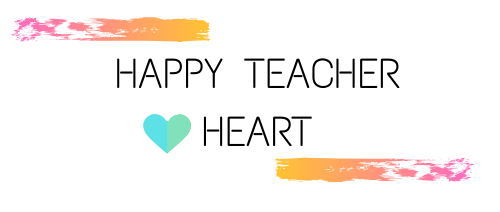There is nothing quite like the first days of the new school year. There is the excitement of fresh school supplies, newly decorated classrooms, and the challenge of matching names on a roster with the shining faces of eager students. In the midst of all the hustle and bustle as you get to know your new students, here are some things you need to know about the English Language Learners in your classroom:
- Your students have language. That language just might not be English. One of the best things that a teacher can do for the English Language Learners is affirm and appreciate their home language. The fact that they have acquired one language means that they have capacity to acquire another one. Their first language is a crucial jumping off point to acquire English.
- What are your students’ proficiency levels? This information can be obtained by looking at their language proficiency results on state tests (this usually differs by state- and may be changing soon, like it is for us in California!) and can tell you a lot about how to differentiate your instruction and assessment for English Language Learners. Students are given an overall level, and then all the domains of listening, speaking, reading, and writing are also leveled. Looking at the domains specifically can help identify interventions for struggling students. For example, it is not uncommon for students to be Advanced in Speaking but struggle with their Writing. Taking a look at their assessments might tell you if their struggles are a language development issue and help you take proper action.
- What are the previous educational experiences of your English language learners? This will give you tremendous insight into what your student needs in order to succeed in your classroom. For example, many of the students who I worked with last year were actually born in the United States, but have a language other than English spoken primarily at home. These students feel like they “speak English” but need to focus on Academic Language Development. I also worked with another student who has what is considered “interrupted education” because she spent a significant portion of her middle-elementary years bouncing between the US and Mexico without really completing a full year of enrollment in either country. She struggled both with language and gaps in her content knowledge. I had another student who immigrated to the United States at the age of 16, but had attended secondary school in Mexico. His primary struggle was English; he had a broad base of knowledge in content areas such as Math, Social Studies, and literary analysis skills. Especially for these last 2 students, even though they had similar proficiency levels on paper, their needs in a classroom look very different. Simple, open-ended questions, such as “What was elementary school like for you?” can start conversations that will give you more insight.
While there is so much for a teacher to keep straight as the school year starts rolling, taking the time to find out some of this information about the English Language Learners in your classroom will pay off- both in the quality of your relationship, and in your knowledge to support their growth academically.
May your cup always be full of coffee,
Deanna
